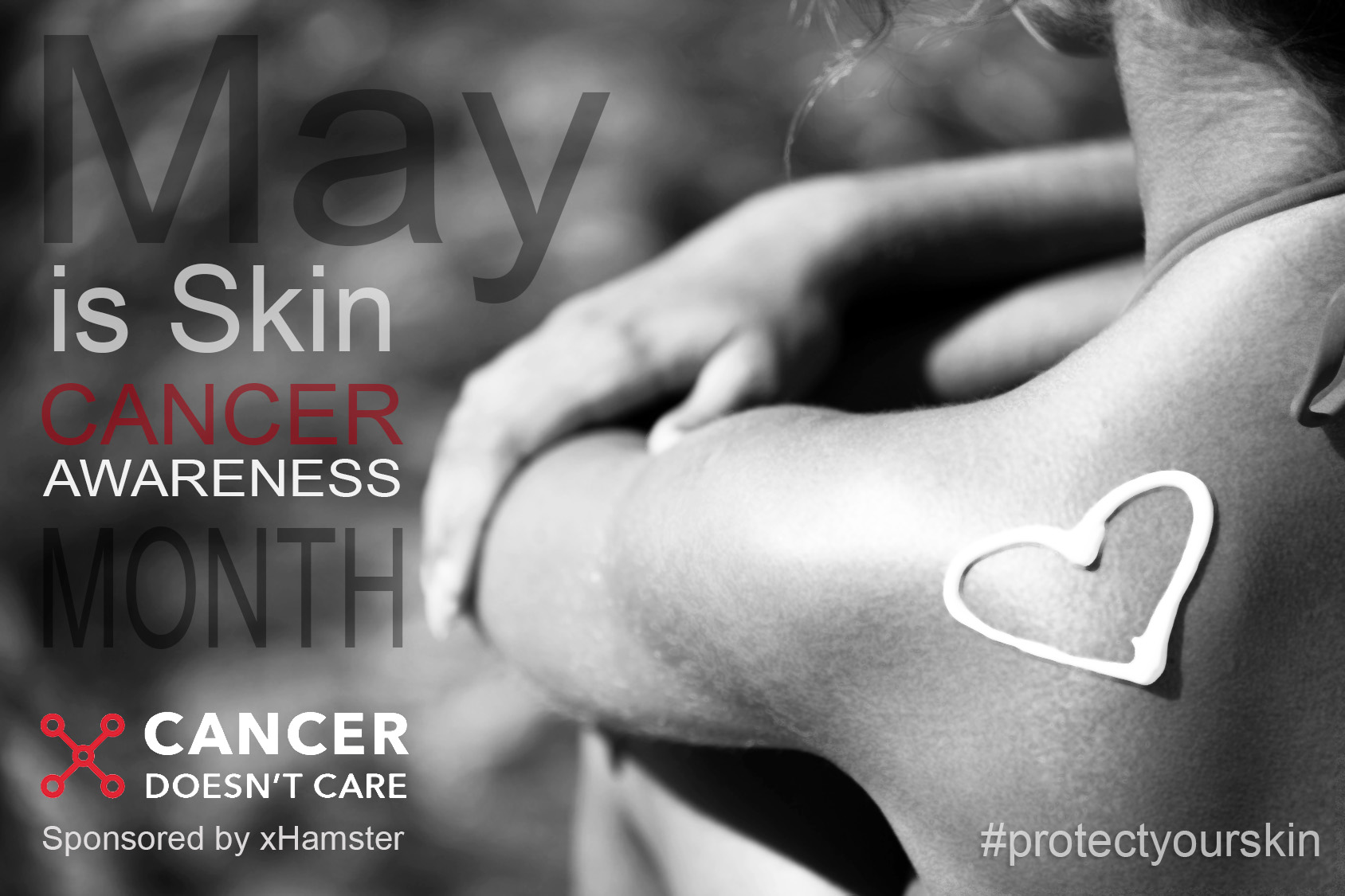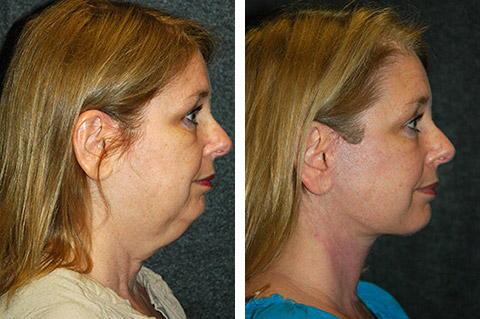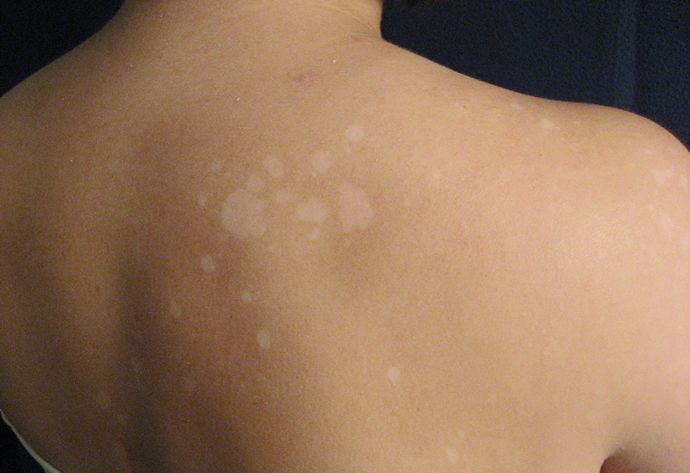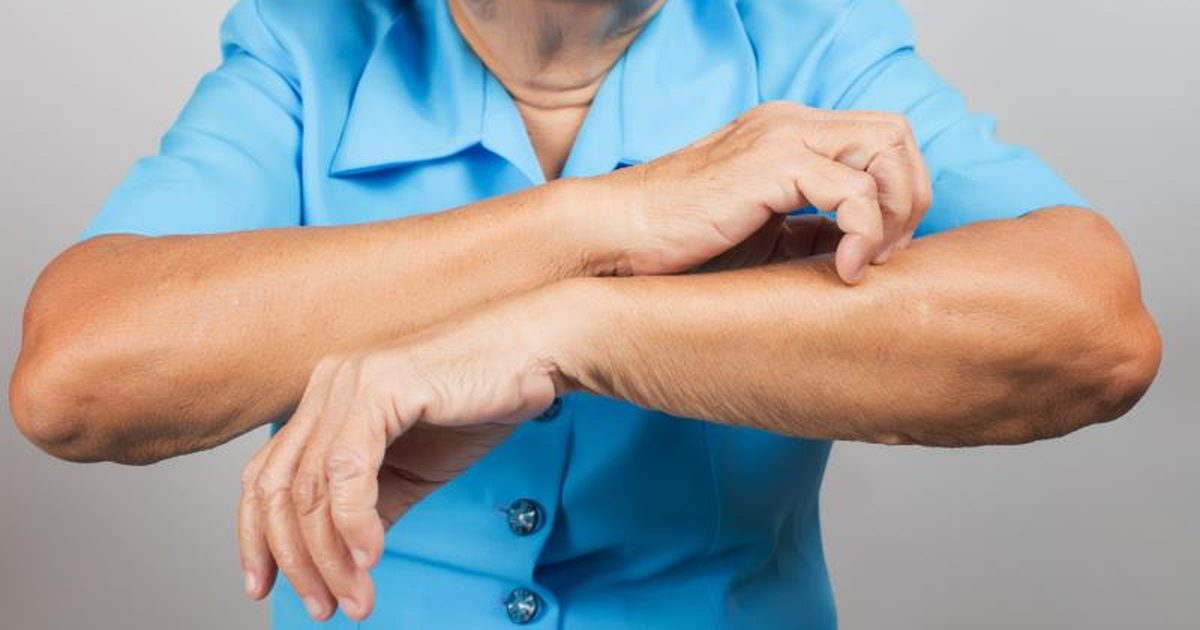Ingrown toenails appear when the side or corner of a nail grows into the soft flesh close to the nail. The result is redness, pain and swelling. In some cases, an infection can occur. Ingrown toenails usually occur on the big toe. Although at home treatments for ingrown toenails can be effective, ingrown nails can cause complications making it necessary to get medical treatment. People who suffer from diabetes or other health conditions that affect blood circulation are at a higher risk of experiencing these complications.
Anybody can get an ingrown toenail. However, teenagers are more likely to get ingrown toenails because their feet tend to be sweatier. Seniors may also be at a higher risk since toenails thicken as people age.
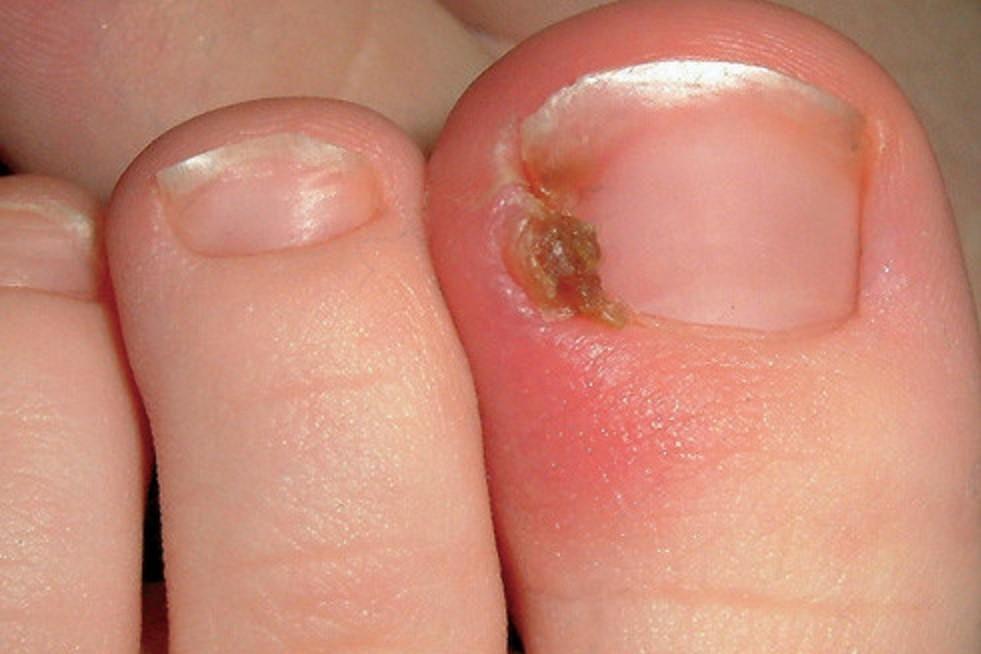
Ingrown toenails can be caused by many things. The most common causes include:
- Toenail injury
- Failing to keep feet clean and dry
- Shoes, socks or stockings that place excessive pressure on the toes
- Cutting toenails incorrectly –You should cut your toenails straight across. If you angle the sides of the nails, the nail can grow into the skin.
- Unusually curved or irregular toenails
- Poor posture
Symptoms of ingrown toenails
In the early stages, you may experience symptoms such as:
- The skin close to the nail gets hard, swollen or tender
- Fluid buildup around the toe
- Pain when pressure is applied to the toe
If your toe is infected, you may experience symptoms like:
- Pain
- Swollen, red skin
- Pain
- Oozing pus
- Bleeding
- Overgrowth of the skin around the toe
Treatment options
You may treat an ingrown toenail is it not infected. However, if there are signs of infection or if the skin is pierced by the toenail, it is advisable to seek medical treatment. The signs of an infection include swelling, redness, pus and warmth.
Home treatment
Try using a cotton ball soaked in olive oil to push the skin away from the edge of the toenail and soak your feet in warm water 3 to 4 times per day. You may also apply topical antibiotics in order to prevent infections. If the ingrown toenail fails to respond to home treatments, you can opt for an ingrown toenail surgery.
Surgical treatment
One of the ways of treating ingrown toenails through surgery is partial nail removal. This treatment option removes part of the nail that is protruding into the skin. This is the most common method for ingrown toenail surgery and it about ninety eight percent effective. In order to partially remove the ingrown nail, your doctor uses a local anesthetic to numb the toe. He then cuts away the edges of the toenail and applies phenol to the toe so that the nail will not grow back and become ingrown. If the nail is infected, the doctor will prescribe antibiotics to drain away any pus that may be present.
Another surgical method used to treat ingrown toenails is total nail removal. The doctor can use this method if your ingrown nail is thick and is pressing into the skin that surrounds the toe. After nail removal, you will have an indentation where the toenail used to be. The toe is wrapped in a sterile bandage to prevent infection and stem any bleeding.
At last, we would like to suggest taking good care of your nails. Don’t be too lazy contacting your doctor as leaving it unnoticed could lead to many severe health problems. You need to be aware of everything like what are the causes of brittle toenails and how you can prevent it through the right medication.
For more useful articles on health issues, visit Health Whoop now!

Herry a man of many talents and interests. He has been writing on health for years and his blog covers everything from diet to natural remedies, fitness, and more. He loves learning about new things like supplements like turmeric, probiotics, green tea extract, protein powders etc., because he wants to give his readers the latest information they need in order to make healthy decisions for themselves or their loved ones.


